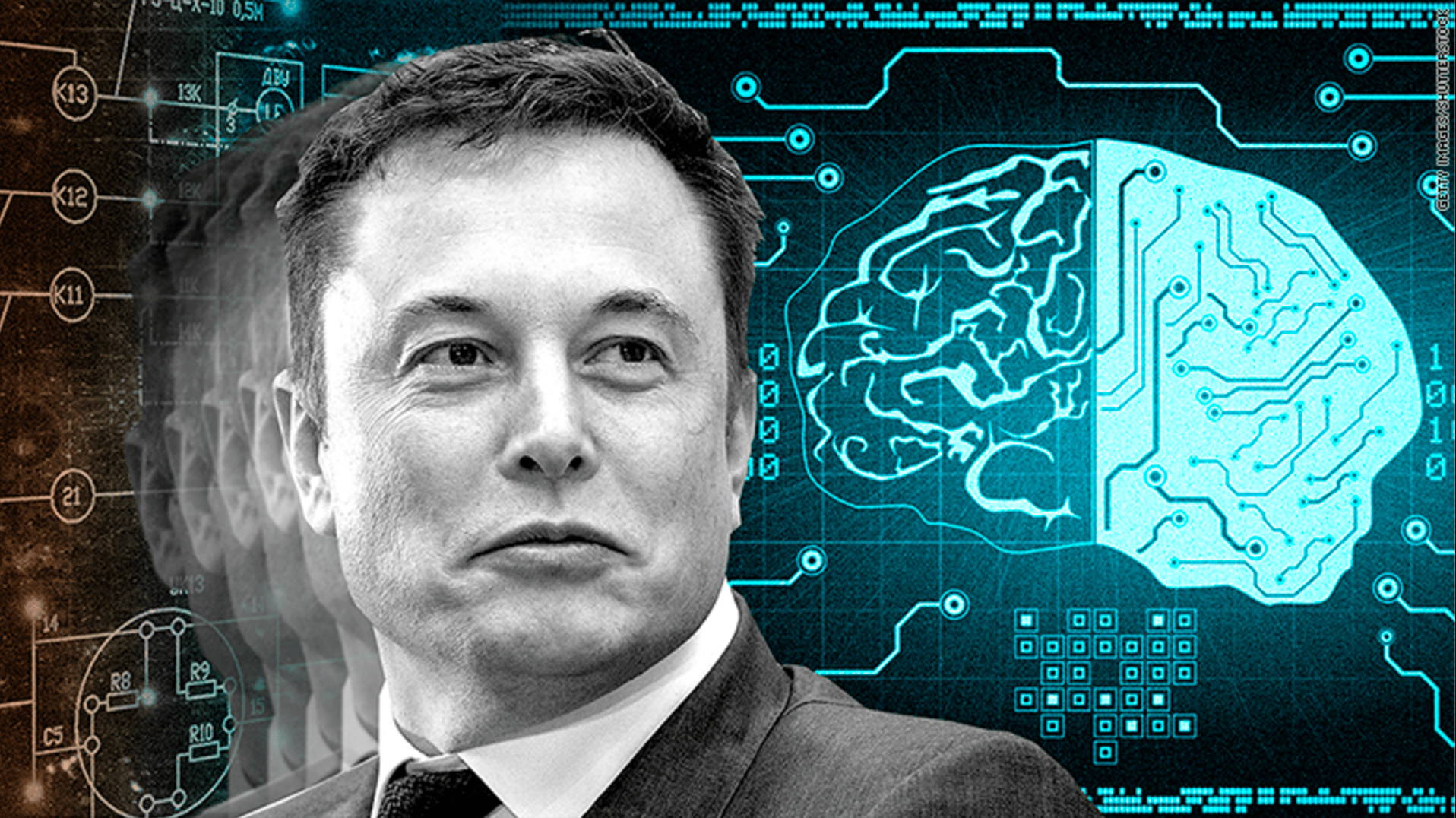Neuralink’s Breakthrough: Revolutionizing Interaction with Brain-to-Computer Connections
In a striking advancement, Elon Musk’s Neuralink has unveiled a monumental stride in technology by embedding its cutting-edge brain-computer linkage into a human, marking a pioneering moment. This significant leap foreshadows an era where the fusion between the human mind and digital worlds becomes tangible, propelling us towards innovative ways of interfacing with technology.
Neuralink’s Milestone Explained
At the core of this innovation is the “Telepathy” apparatus, comprising a microscopic chip alongside an ensemble of ultra-thin, adaptable electrodes. These components are intricately woven into the brain’s cortex using a precision robotic system. The primary objective is to decipher and translate motion-related mental cues into digital commands, thus envisaging a scenario where individuals, particularly those facing physical limitations, could manipulate digital environments directly with their thoughts.
The Path to Human Trials
The nod from the U.S. Food and Drug Administration (FDA) in May 2023 was a pivotal moment, enabling Neuralink to proceed with human trials, focusing notably on individuals with quadriplegia. This step underscored the transformative potential of Neuralink’s endeavors to redefine mobility and interaction for those with significant physical disabilities.
The Vision behind the Innovation
Musk’s aspiration with Neuralink extends beyond current technological boundaries, aiming to significantly enhance the efficiency of human-digital communication. This ambition contemplates not just immediate applications such as improved accessibility for disabled individuals but also ventures into the realm of integrating human consciousness with artificial intelligence, pushing the boundaries of what’s conceivable.
Technical Advancements and Challenges
Neuralink’s technology sets itself apart with its wireless functionality, diverging from earlier brain-computer interfaces that required physical connections. This leap towards a wireless paradigm aims to facilitate robust data transmission without the encumbrance of wires, although it introduces challenges related to signal fidelity and transmission capacity.
Ethical and Investigative Considerations
The journey of Neuralink is fraught with complex ethical considerations and investigative challenges. As it edges closer to bringing this technology to the market, it navigates a myriad of concerns including ethical treatment of research subjects, ensuring participant privacy, and understanding the long-term health implications of brain implants.
Looking Ahead
The successful implant in a human subject marks just the beginning of Neuralink’s ambitious journey. The company’s far-reaching goals, such as restoring sight or merging human intellect with AI, demand continued innovation, thorough testing, and unwavering commitment. The scientific and tech communities remain watchfully hopeful, eager to see how this technology evolves and its impact on future human capabilities.
Conclusion
Neuralink’s latest achievement not only signifies a milestone in the development of brain-computer interfaces but also ignites possibilities for a future where digital interfaces are seamlessly integrated with human thought processes. This innovation opens a new chapter in the exploration of enhancing human capabilities through technology, setting the stage for a future filled with previously unimaginable possibilities.



